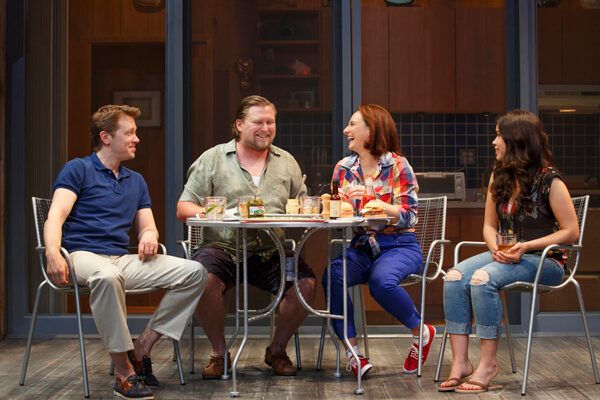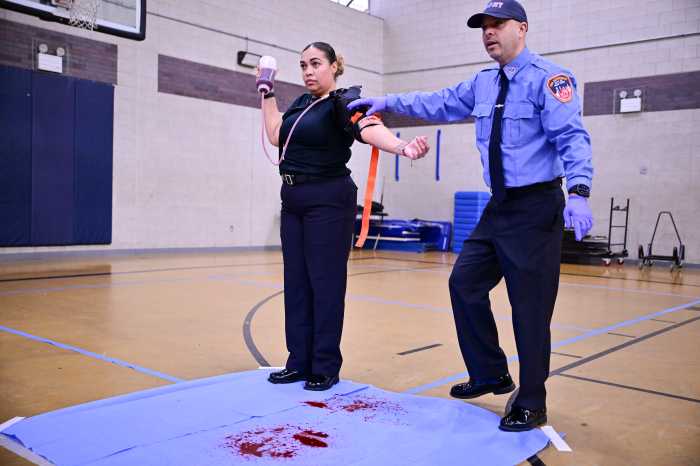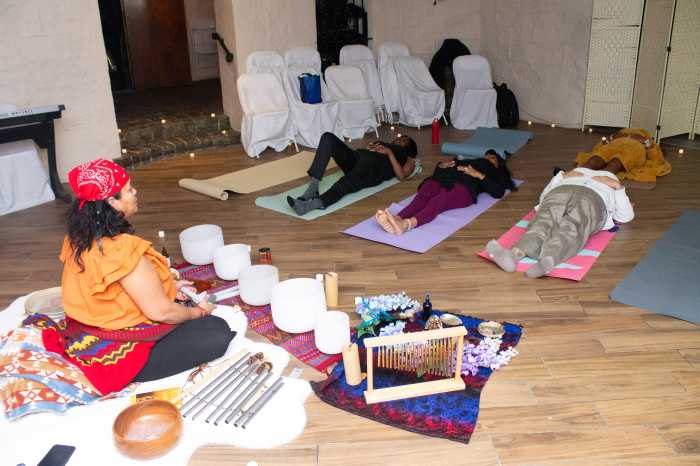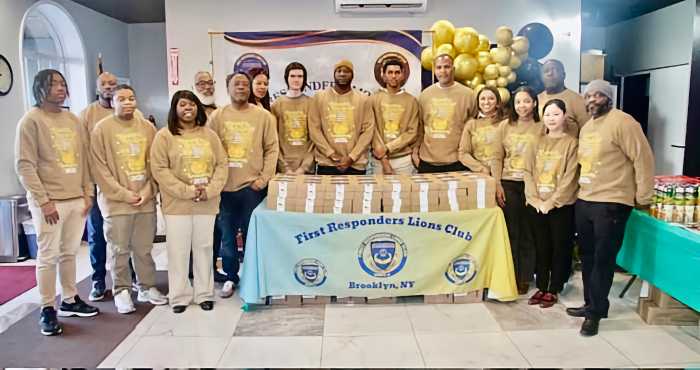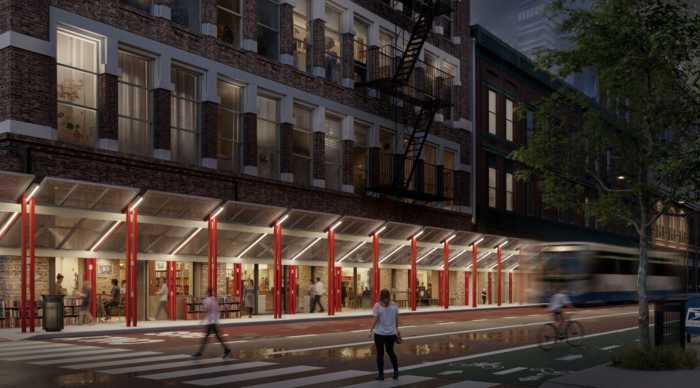BY EMMAIA GELMAN | This Thursday, Irish Queers will break with 25 years of protest against the New York City St. Patrick’s Day Parade and march up Fifth Avenue in the actual parade. Believe that we are overjoyed that we don’t have to protest anymore. As per the rules of the parade, we’ll be in “business casual attire” and will be stripped of any message besides “we’re Irish, homosexual, and finally in this @#$%^ parade.”
All the old signs exposing the parade organizers’ vile homophobic excuses, the religious right’s controlling hand in the parade, the NYPD’s support for anti-gay exclusion –– those are all purged now, in return for the privilege of marching alongside them. Instead, there will be so many gays in full-on respectability drag that it’ll look like a Mattachine Society march, which is appropriate enough for a parade that has clung so tightly to the past. Still, as long as it’s sunny, we can enjoy the walk.
Plenty of queers have asked why we fought so long to get into a parade that 1) clearly doesn’t want us; 2) is without a doubt the dullest parade in the city; and 3) is packed full of cops and army dudes, not in a sexy uniform kind of way. Here’s why it mattered enough to push on for 25 years:
When the St. Patrick’s Day Parade protests started at the height of AIDS organizing, the parade immediately became a stage displaying the lethal violence done to queers by homophobia. The fact that the conflict was situated in the Irish American community –– which in New York City means people with deep links in machine politics and political money, the NYPD, and the Catholic archdiocese –– exposed how community-level homophobia translated to iron-fisted homophobia that tainted the whole city. Fighting the parade has in large part been a fight against the homophobia of the city administration, the NYPD, the Church. (For the same reason, we’ve always challenged the racism around the parade –– especially its enforced adulation of the NYPD as a largely white brotherhood, and of the US military, at the heights of their brutality.)
The St. Patrick’s Day Parade protests also started at a time when Irish communities were seriously breaking with the past. Many immigrant/ ethnic communities seeking “respectability” in the US try to paper over diversity. But in the Irish community, religious and business conservative leaders (including the parade organizers) haven’t just tried to paper over the changes –– they’ve demonized everyone who didn’t toe their line about what “Irishness” means. They’ve hit back against the fierce Irish women’s movement for abortion and other rights, the Irish LGBTQ movement, critiques of the Catholic Church, and challenges to British colonial rule in Ireland. Using the iconic parade as a public expression of “legitimate” Irish culture and politics, the parade organizers and the Church tried to discredit those changes as the work of a few outliers.
They failed, obviously. Fighting back at the parade has helped clear space for those changes to move forward in Ireland as well as in New York Irish communities.
Depending on the hour of the day, the angle of the sun, and whether there’s a new episode of “Gotham,” we feel either incredibly proud of our work or angry at how long it has taken to win. We’re either convinced we won something big for New Yorkers who are Irish and/ or queer, or convinced that nothing has really changed except that gay rights are now so mainstream that even the conservative parade committee can stomach them. It’s bittersweet. Winning was always going to be complicated.
But we know for sure why we fought. And when we march in that parade on Thursday, it will be in tribute to Irish and queer commitments to justice and to the many communities where we’re at home.
Emmaia Gelman is a member of Irish Queers, which has annually kept a spotlight on the exclusion of Irish LGBT participants from the March 17 St. Patrick’s Day Parade on Fifth Avenue.

